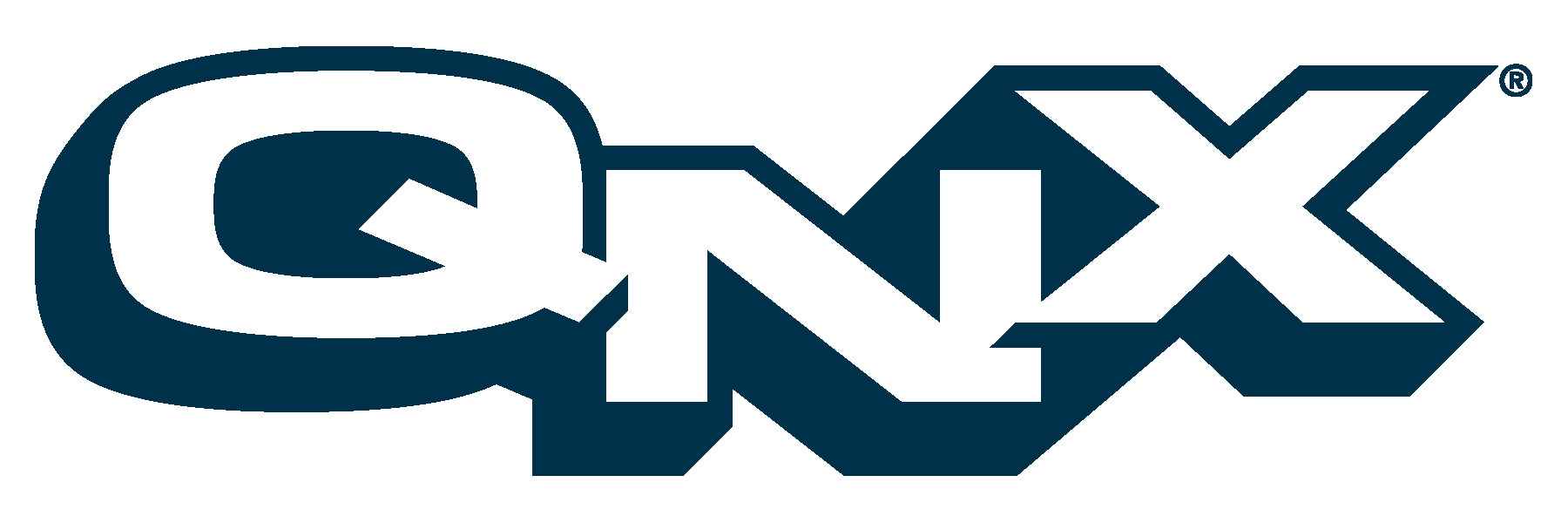
1 About This Document
This System Administration Guide shows you how to carry out the day-to-day tasks you need to do to manage your QNX realtime platform (RTP). This chapter tells you what the guide contains, how to use it, and where to find relevant information.
[Author's Comments: mention use and man here?]
This guide at a glance
The following table may help you find information quickly:
If you want to:
See:
Learn a bit more about this RTP and the components it contains, such as Neutrino and Photon
"Introducing QNX RTP"
Migrate from an earlier QNX OS to QNX RTP
"Migrating from QNX4 to QNX6"
Migrate from another OS to QNX RTP
"Migrating from another OS to QNX 6"
Get a quick introduction to our standard keyboard conventions
"Keyboard basics"
Learn how to use the command line
"Command basics"
Find your way around the QNX 6 file system
"Working with QNX 6 Files"
Find out how to upgrade QNX RTP
"Upgrading the system"
Find out how to format and mount floppy disks
"Using floppy disks"
Find out about our licensing requirements
"Licensing Issues"
Know how we accommodate the special needs of our worldwide users
"International Support"
Learn about Photon, our GUI
"Using the Graphical User Interface"
Set up a network
"Connecting Networks"
Transfer data
"Handling Character I/0"
Connect printers
"Connecting printers"
Add and remove users
"Managing User Accounts"
Set up and manage the mail system
"Managing Mail and News"
Set up a firewall
"Setting up a firewall"
Recover data
"Recovering Lost Data"
Change your QNX 6 OS to your suit your own needs
"Building a Custom OS Image"
Set up a different file system
"Setting Up Other File Systems"
Find third-party packages that work with QNX RTP
"Third-Party Applications"
Fix problems
"Troubleshooting"
Get more help
"Getting Help"
Understand the meaning of an unfamiliar term
"Glossary"
Related docs
The following table may help you find your way around related documents for information on some common tasks:
If you want to:
See this document:
Get a technical overview of the QNX 6 OS
System Architecture
Edit a document
Utilities Reference for ped and vi; QED Manual for qed
Start developing apps
Programmer's Guide
Start developing Photon-based apps
Photon Programmer's Guide
Look up a function in the QNX 6 Library
Library Reference
Look up a function in the Photon Library
Photon Library Reference
Look up PtButton or other Photon widgets
Widget Reference
Use development utilities on your host
Utilities Reference
Make an OS image for your target
Building Embedded Systems
Run utilities on your host or target (ls, cp, etc.)
Utilities Reference
See sample OS buildfiles and configuration files
Programmer's Guide
Compile your code
Utilities Reference (and Programmer's Guide)
Debug your code
Utilities Reference (and Programmer's Guide)
Learn our makefile conventions
Programmer's Guide
Write a resource manager
Programmer's Guide
Connect to and browse the Internet
Voyager Browser User's Guide
[Author's Comments: check availablity of this book; add links to browser & email tech notes?]
Note to Windows users
In QNX RTP documentation, we use a forward slash (/) as a delimiter in all pathnames, including those pointing to Windows files.
We also generally follow POSIX/UNIX filesystem conventions.
Typographical conventions
Throughout this manual, we use certain typographical conventions to distinguish technical terms. In general, the conventions we use conform to those found in IEEE POSIX publications. The following table summarizes our conventions.
Single-step instructions are formatted like this:

To reboot your computer, press
Ctrl-Alt-Shift-Delete
Notes, cautions, and warnings are used to highlight important messages:

Notes point out something important or useful.

Cautions tell you about commands or procedures that may have
unwanted or undesirable side effects.

Warnings tell you about commands or procedures that could be
dangerous to your files, your hardware, or even yourself.
|
QNX Software Systems Ltd. http://www.qnx.com Voice: +1 613 591 0931 Fax: +1 613 591 3579 info@qnx.com |